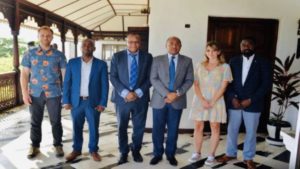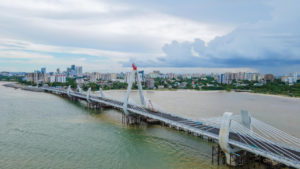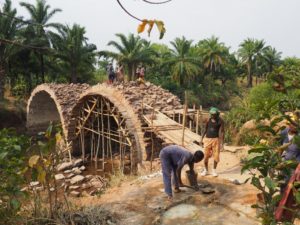by Ben Taylor
New Constitution briefly back on the table, then off again
Tanzanians may have to wait a little longer for constitutional changes, as a government-sanctioned task force formally proposed in its preliminary report, published in March, that the process should be postponed until after the 2025 General Election. President Samia Suluhu Hassan said she agreed with the idea of making “gradual improvements” rather than wholesale constitutional changes. “Perhaps a complete rewrite won’t be necessary, only in some areas,” she said. “And even if we do have to rewrite the whole document, much of the necessary amendment work will have already been done,” she added.
Task force chair Rwekaza Mukandala said they felt that there is not enough time to adopt a new Constitution within the current electoral cycle. “The process can start immediately after the election, and our proposals on the ways it can be achieved, when the time is right, will be part of our final report to be delivered at a later date,” he said.
Formation of the task force followed pressure from opposition parties, which began the new year by expressing their determination to press for Constitutional review process to be restarted in 2022.
Chadema vice-chairman Tundu Lissu led these calls, saying 2022 would be the start of a new movement to demand a new constitution. “The current Katiba will not solve our problems with the administrative and political system,” he noted.
Lissu explained that the party’s Central Committee met digitally on December 28, 2021 with the aim of shaping the party’s agenda. He said they evaluated the country’s history since the return of the multi-party political system in 1992 and 30 years after Judge Nyalali’s commission proposed the drafting of a new constitution. “We need a new Constitution now, not in 2025. Otherwise CCM will use this current Constitution to steal the election again just as it has always done since multiparty politics returned to Tanzania,” said Mr Lissu. He pledged to return to Tanzania from exile in the near future, so as to lead the movement in person.
Though most opposition parties agree on the need for a new constitution, they disagree on the order of the process. What should come first: A new Constitution addressing all aspects of the reforms agenda on a long-term basis, or “Tume Huru” (an independent electoral commission) ensuring a level playing field for all parties going into the 2025 poll.
Chadema say the Constitution should come first, as this will give the independent electoral commission true independence. ACT Wazalendo say a newly independent commission before 2025 is the priority, enabling better representation of different viewpoints in parliament, and thus also in the process to draft a new Constitution. “We hope that 2022 will be a year of national reconciliation that will achieve the success of finding an Independent Electoral Commission that will facilitate the achievement of a new Constitution acceptable to all,” said Zitto Kabwe, leader of ACT Wazalendo.
Tanzania started the process of writing a new constitution in 2012, after former President Jakaya Kikwete responded to strong opposition demands by appointing a Constitutional Review Commission (CRC) headed by the highly respected former Prime Minister, Judge Joseph Warioba. The team was tasked to conduct extensive nationwide consultations on the new constitution.
However, the Draft Constitution tabled by Judge Warioba at the Constituent Assembly (CA) in February 2014 was radically overhauled by CCM MPs, resulting in a Proposed Constitution that lacked the support of opposition parties and many citizens. This prompted a boycott of CA sessions by the major opposition parties. The CA submitted the Proposed Constitution to the government in October 2014. However, the planned referendum to determine whether it should be formally adopted never happened. Upon coming to office in late 2015, President Magufuli showed no interest in reviving the process.




